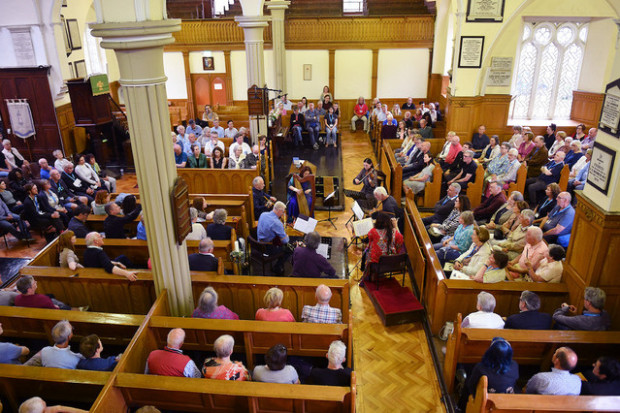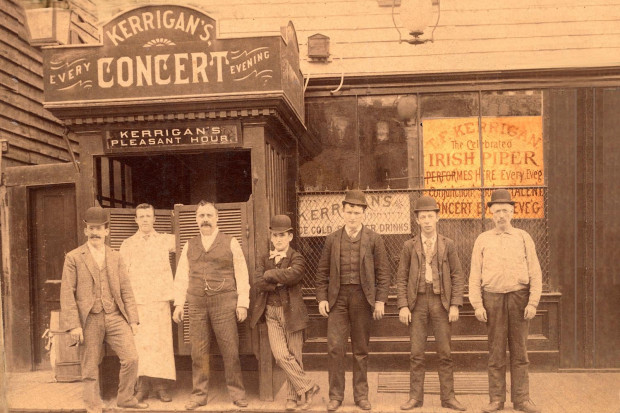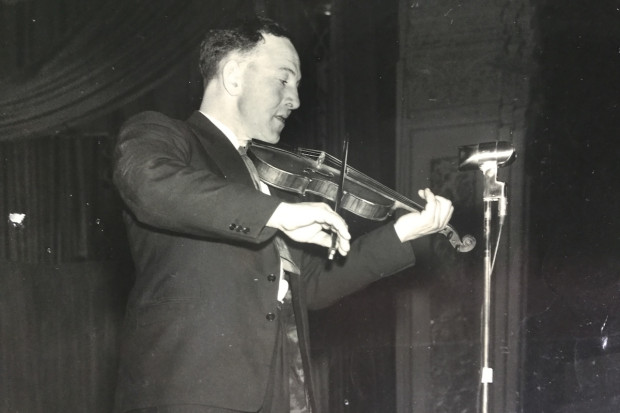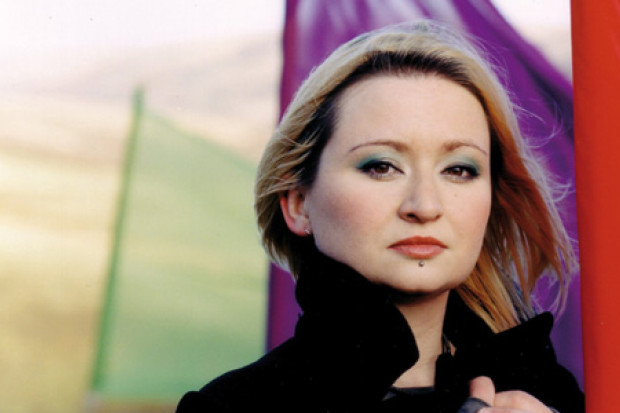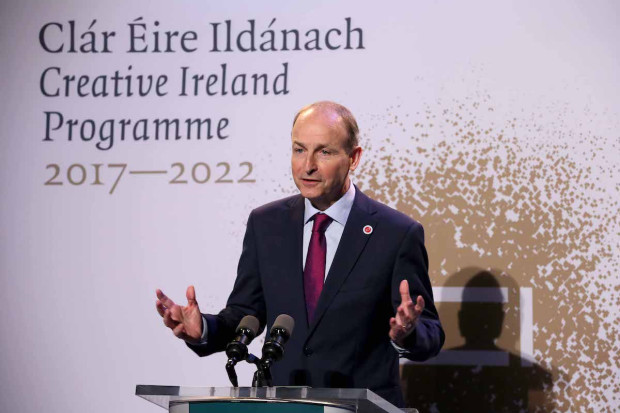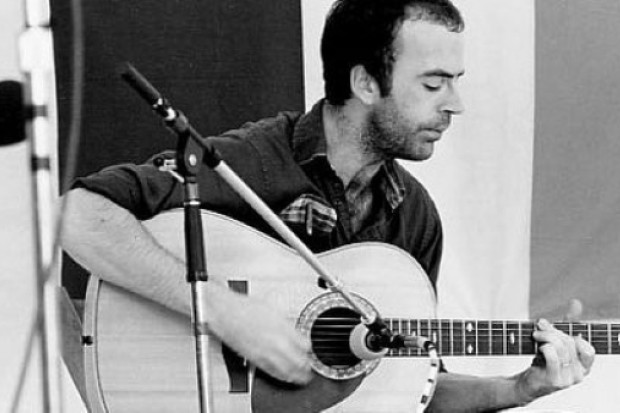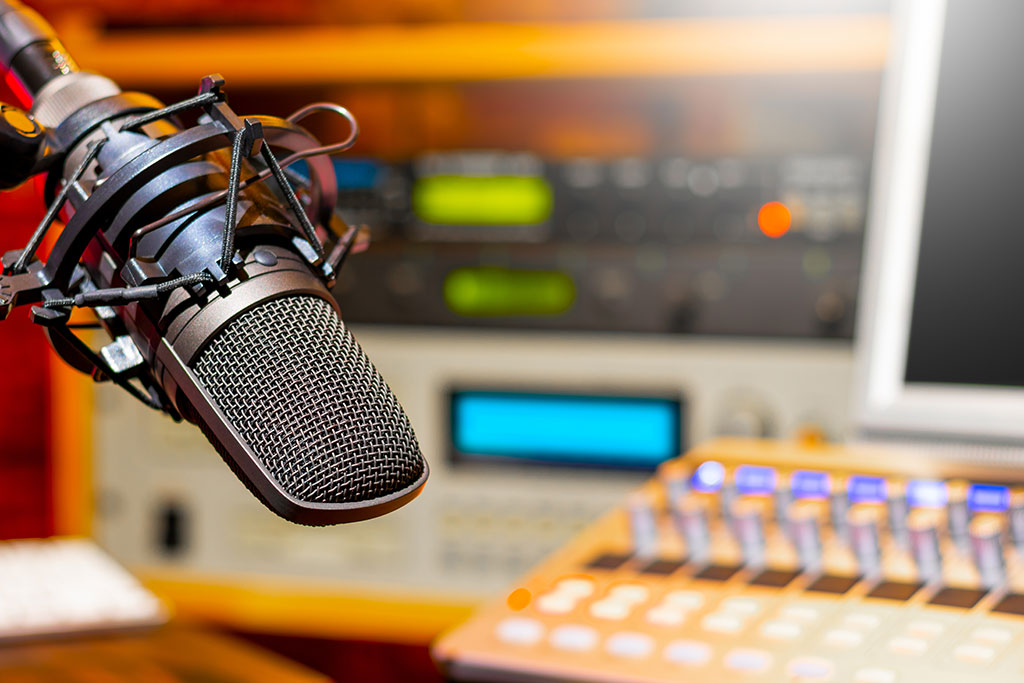
Rebuilding the Public Conversation Around Music
For the past couple of months, I have been reflecting on what I have learnt from twenty years of publishing the Journal of Music. The first issue appeared on the week of 5 November 2000 and I can still remember the weight of the box of magazines in my arms as I carried it from music shop to bookshop around Dublin city, asking if they would take a few copies. I can also recall what was on my mind in starting the magazine – I wanted to create a ‘new conversation’ about music – but I didn’t fully realise what a large challenge that was to set myself.
A magazine can create a conversation among its readers and writers (that came quickly for the Journal of Music, fortunately), but the publication also needs to exist as part of a wider network of other contributions on music – a larger conversation that includes discussions on radio, television, in newspapers, other magazines, websites and more. All of those utterances together is what constitutes the public conversation around music.
And it’s an important conversation, because it shapes our understanding of music and influences the world of musicians. Music is an expression of our society, and how we talk, think and write about it configures how we understand the world around us. When the Journal of Music was launched, I envisioned a lively joust in the public sphere of which the magazine would be just one part.
The reality, however, was that a few short years after the magazine was launched, the wider public conversation started to crumble. The internet whittled away at the national media’s economic foundations and professional music coverage went into decline. In addition, the pressure of the economics of the 2000s meant there was simply less patience for the specialised work of music discourse. Music columns disappeared; arts programmes were dropped or pushed to the periphery of radio and television schedules. In subsequent years, it sometimes seemed that almost all music coverage had been reduced to journalists rating albums out of ten, back-rub interviews with celebrities, and tributes to over-exposed artists who had been discussed many times before with little new insights. There was less interest in conversations that were more informed, where artists and writers had seriously reflected on the musical topic under discussion, and, crucially, were given the space to articulate their views.
The result, in the main national agenda-setting news channels, was and is an inconsistent public conversation around music. Music tends to appear in the headlines when there is a controversy (the threatened closure of RTÉ Lyric FM), a crisis (the collapse of the live music sector during the pandemic), or an international success (Eimear Noone conducting at the Oscars), but this coverage rarely develops into a sustained in-depth public conversation on music, as we have, for example, in politics, economics and sport. And yet the musical world can be just as busy and complex. It requires constant discussion of the issues that matter, whether that is artists’ incomes, radio airplay for women, or simply creating the right performance facilities for artists and audiences, not to mention critical discussion of the music that is being performed and created right now.
But whatever about this frustrating situation at the front end of our national media, the internet has undoubtedly empowered us all over the past ten years to publish and broadcast to the world ourselves, and, while progress has taken longer than expected, we are starting to see a new type of music discourse evolve, and, once again, it has been accelerated by the pandemic.
New musical discussions
The pandemic is an epoch-shaping event, and along with all the other changes it has wrought, it is sparking new musical discussions. In the absence of their usual public-facing work, a number of music resource organisations have pivoted and are starting to function a little more like media companies by producing additional online content, and it is filling a significant gap.
This occurred to me when I recently watched the Irish Traditional Music Archive’s new online series Drawing from the Well. The first episode featured Louise Mulcahy exploring the work of Liam O’Flynn, and the second focused on Martin Hayes discussing the language he uses to understand traditional music. What was fascinating was the depth of the conversations. There was recently a full documentary on O’Flynn on television, but there seemed to be as many new insights in this short video created by ITMA and Mulcahy. And in the countless interviews I have heard Hayes give over the past twenty-five years, this was the first time I heard him discuss the aesthetic language of wabi-sabi from Japan and how he uses it to understand the full gamut of Irish traditional music. For the traditional music community, this was possibly revelatory, and because ITMA is a central institution in the genre the video had wide distribution.
A new kind of conversation was also evident in the first episode of Trad Ireland’s 20/20 Visionaries series, in which they asked traditional artists to explore the work of those who have inspired them. In one sequence, fiddle-player Doireann Glackin talked to her father and uncle (Kevin and Paddy Glackin) about their father, and her grandfather, the fiddle-player Tom Glackin, and the detail they go into in these dining-room-table conversations provided something that is not always available to us. These are the kinds of conversations that are normally held in private at events around the country, but now they are online, channelled through central organisations, and forming part of a new discourse.
There are other examples: The Contemporary Music Centre’s Amplify podcast presented by Jonathan Grimes and Evonne Ferguson; the Nialler9 podcast presented by Niall Byrne and Andrea Cleary, the Irish Music Industry podcast from Mark Graham, the work of Myles O’Reilly and Dónal Dineen on This Ain’t No Disco, Ian Lynch’s Fire Draw Near podcast on Dublin Digital Radio, Other Voices and its forum Ireland’s Edge, Na Píobairí Uilleann’s Ace and Deuce of Piping video in which Síle Denvir carried out interviews with the performing artists, and National Concert Hall’s Tradition Now live-streamed series which featured Dineen engaging with the musicians. When we add in the work of RTÉ music broadcasters – John Kelly, Ruth Smith, Muireann Nic Amhlaoibh, Aoife Nic Cormaic, Tristan Rosenstock and many more – it is clear that we do now have a broader discourse around music again. It has grown over the past decade. It may be under-resourced, but we need to recognise it and value its role in music, and consider how we can build on it further.
Instead of a small number of centralised channels for conversation, as we might have had two decades ago, we now have a web of many voices. It is diverse and disparate but it is connected, and the fact that music organisations are ramping up their digital side means that it will become stronger. As it grows, it will start to have an influence on the wider media and then we may have a national music conversation worthy of the name. That, as the experience of twenty years of publishing the Journal of Music has taught me, is what Irish culture needs.
Published on 5 November 2020
Toner Quinn is Editor of the Journal of Music. His new book, What Ireland Can Teach the World About Music, is available here. Toner will be giving a lecture exploring some of the ideas in the book on Saturday 11 May 2024 at 3pm at Farmleigh House in Dublin. For booking, visit https://bit.ly/3x2yCL8.












